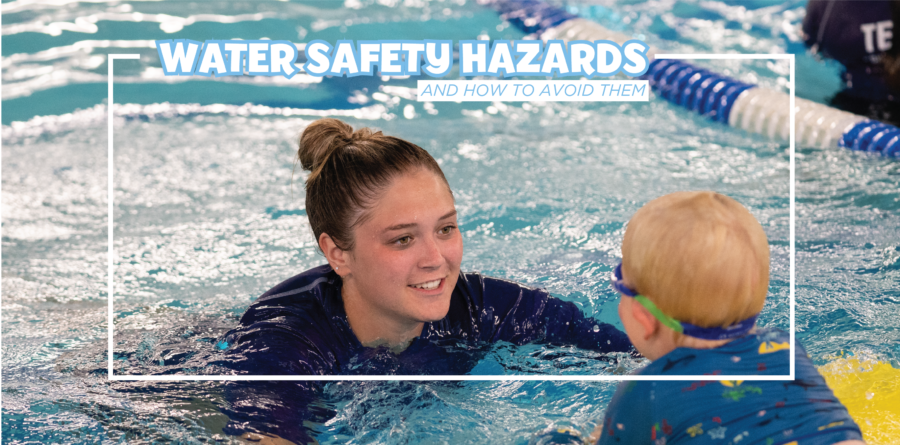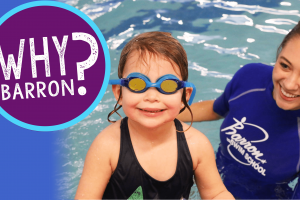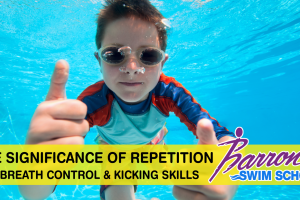Why are swim lessons so important?
The first leading cause of death in children between 1 – 4 years of age is drowning. For children between 5 – 13 years of age, it is the second leading cause. While swim lessons do not “drown proof” a child, they reduce the risk of drowning by 88%. Thus, drowning is classified as the process of experiencing respiratory impairment from submersion/immersion in a liquid. It is a silent process that, more often than not, involves little to no sound. Here are some water safety hazards you should look for when allowing your child to swim.
1. Children who are not able to swim.
If your child or other children around them cannot swim, it becomes a very hazardous situation. Before entering the water, your child should have a basic understanding of swimming. Also, watch out for the other children in the area. If they do not know how to swim, they could panic in a dangerous situation and drag others under the water with them.
2. Missing or ineffective fencing around water.
All swimming pools should have a fence surrounding them at least 4 feet tall and an automatically closing gate. Additionally, children should be unable to slip through the bars of the wall.
3. Location
How old is your child, and where are they swimming? Different age groups contain an increased risk of drowning in different locations. For children under the age of 1, they carry an increased risk of drowning in the bathtub. For children between the ages of 1 – 13 years, swimming pools, most likely at home, pose the greatest risk. For children 13 years and older, natural water such as lakes, ponds, rivers, and oceans is the greatest risk.
4. Lack of close supervision.
Make sure to always have a direct line of sight to your child while they are swimming. If they are younger and do not know how to swim, be in the water with them while they wear the correct form of safety equipment. If they are a proficient swimmer, still be in the water with them but at arm’s reach. More often than not, drowning occurs due to a lack of close supervision and false confidence that your child knows how to swim.
5. Ineffective safety equipment.
Floating equipment such as puddle jumpers and water wings is greatly ineffective as safety equipment. In fact, it can increase the risk of drowning when used. It is lightweight, leading children to jump in the water without realizing they do not have it on. Moreover, it creates a false sense of confidence in your child, leading them to believe that they know how to swim without it.
Check for these various safety hazards before your child enters the water; it could prove to be life-saving!
Here at Barron Swim School, we cannot stress the importance of swim lessons. Not only do they teach children vital water safety skills, but they also include many other benefits! Children who actively participate in swim lessons learn different motor, fine motor, and mental skills much quicker than those who do not. They are also scientifically proven to be healthier and happier! Swim lessons improve cardiovascular health and lung capacity and increase strength and stamina. While these reasons benefit your child, the number one reason to enroll in swim lessons is that they save lives. Children who take swim lessons focusing on water safety have a much better chance of helping themselves in dangerous situations involving the water. Therefore, by signing your child or children up for swim lessons here at Barron Swim School, you are giving them the gift of receiving in-depth training on how to be safe in and around all types of water!





